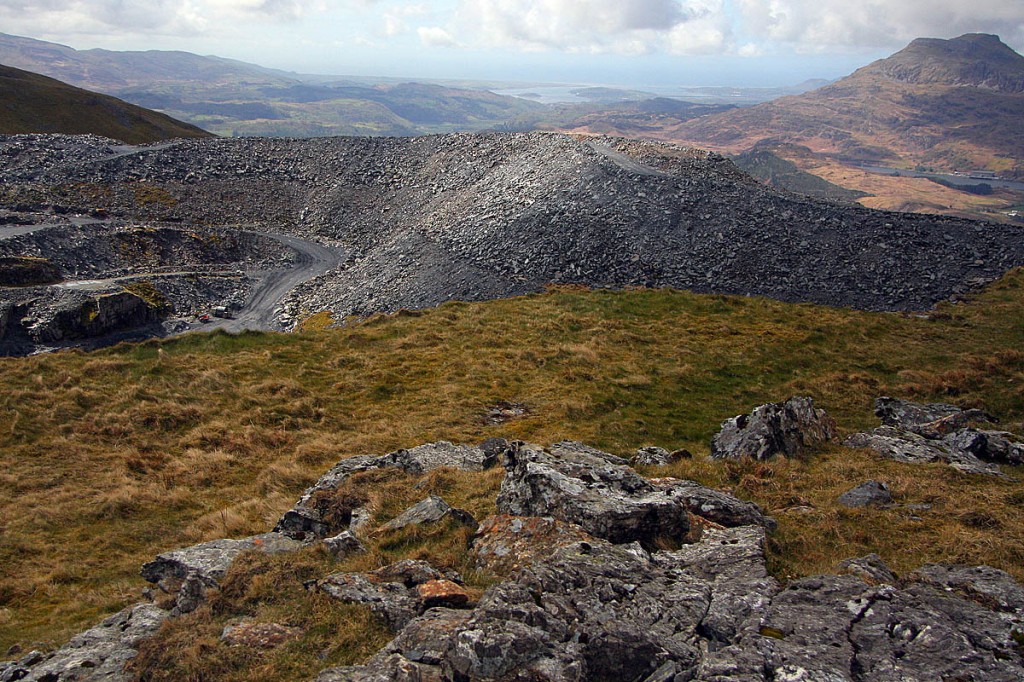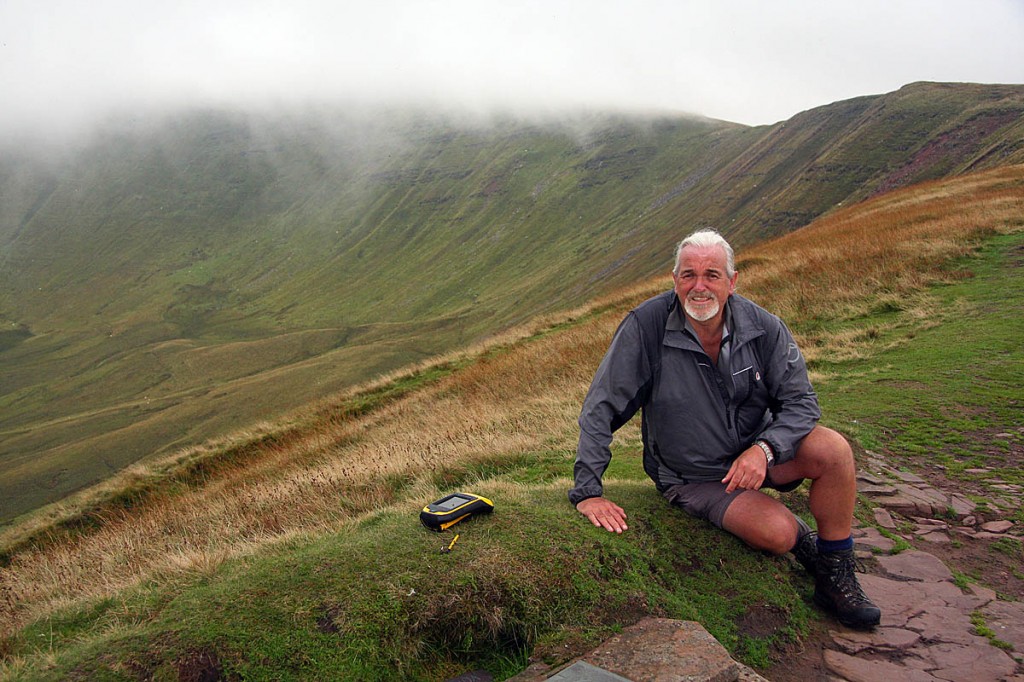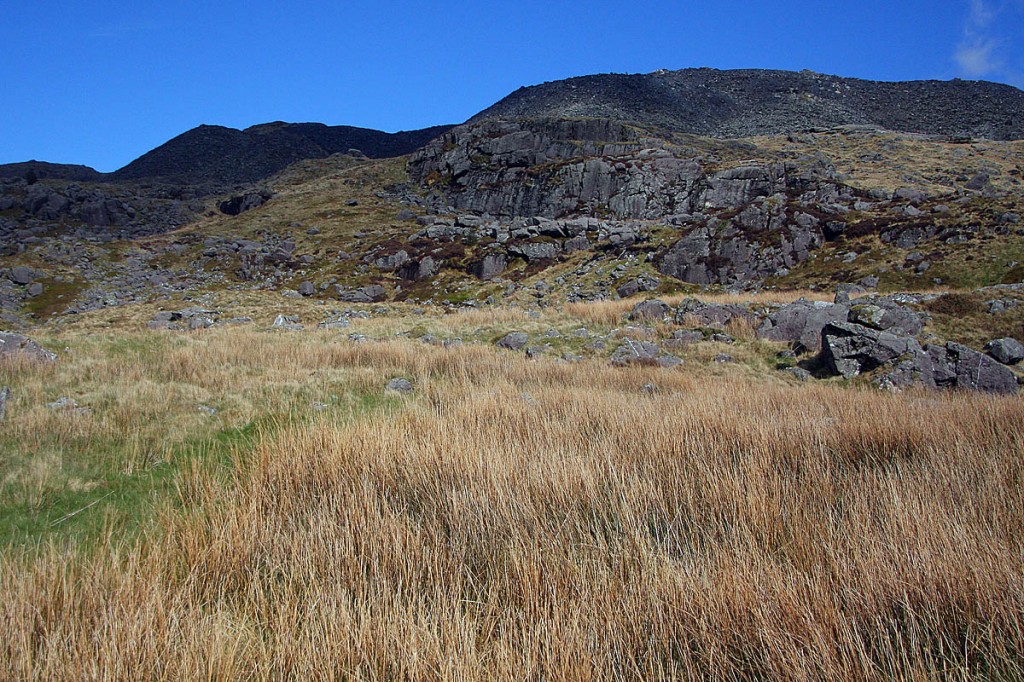Why do we climb hills and mountains? For some, following George Mallory’s quip ‘because it’s there’ is reason enough. Others love to follow a tick list of peaks to bag, hence the preponderance of hill lists.
And some devote their hillwalking days and map-gazing evenings searching for new additions to lists. Myrddyn Phillips and Aled Williams have been doing just that, and have come up a new contender.
Some may baulk at the new peak’s inclusion and it’s doubtful many will be heading to its summit, for obvious reasons but, unusual though it may be, the pair argue that the 2,000-footer warrants inclusion on hill lists ‘because it’s there’.
Here’s their take on the matter.
As with most things in life, what seems a simple matter can become more complicated as detail is examined. The categories of hill classification and what constitutes a summit and also a col is no different. One may imagine that this categorisation is a simple affair. For example, if a hill qualifies under the stipulated minimum height and minimum drop; it then qualifies for the respective list. However, added detail can be all important.
This added detail can include such things as road and rail cuttings that alter heights at connecting cols, or transversely it can include raised roads passing over cols. Summits are also affected. Man has a habit of terra-forming landscapes, and mining and quarrying activity can create all manner of wonderful anomalies for the hill-lister to consider.
The quarrying activities that terra-form tops take the form of two main categories; the first is when waste spoil from mining creates a large lump of a hill that is high enough with sufficient drop to enter a list. The second is when quarrying activity removes a chunk of hillside leaving a newly created summit. It is this second category that the newly discovered 2,000ft Welsh peak is a part of.
Not everyone is enamoured by these man-made hills. Some people dismiss them but others view them as now being a part of the landscape. Simply put; they exist, so why not portray their existence by including them in a hill list provided the designated criteria are met.
Much numerical data is dependent upon online mapping or Lidar. The latter stands for light detection and ranging. This technique produces highly accurate height data that is now freely available for much of England and Wales. However, Lidar does not cover the whole of the country, including our hill of interest; therefore we were reliant upon online mapping.
Over recent years there has been a great swathe of mapping made available online, including Ordnance Survey-based maps depicting 5m contours for the whole of Great Britain. Crucially, this resource also provides the current-day topography for quarried areas, and it was the study of this mapping that led to the discovery of a new 2,000ft mountain top in Wales.
The newly discovered top is positioned above Blaenau Ffestiniog in north-west Wales and is a part of the Chwarel Graig Ddu quarry. All that was now required was an inspection to confirm the existence of the new hill, which 5m contouring shows to have an uppermost 610m ring contour and col contouring between 590m and 595m.
This inspection was carried out in early 2022 and confirmed the existence of the Chwarel Graig Ddu top. The top was inspected from the adjacent hillsides and with a quarry road passing over its high point, it is obviously solid and stable and not just a pile of debris that moves on a daily basis. Here are the details of the top:
Chwarel Graig Ddu
Summit: 613m (SH 725 455)
Bwlch: 592m (SH 724 457)
Drop: 21m
All objective hill lists have set criteria. One that we have extensively written about on the Mapping Mountains site is named The Welsh Highlands; this list has qualifying criteria of a minimum 500m in height and a minimum drop of 15m. As such, we have now included Chwarel Graig Ddu in our Welsh Highlands list and for those people who enjoy their Welsh mountain tops to be at and above 2,000ft (609.6m) in height with 15m minimum drop, this peak also qualifies under these criteria and it could well be the last of the Welsh 2,000-footers to be discovered.


